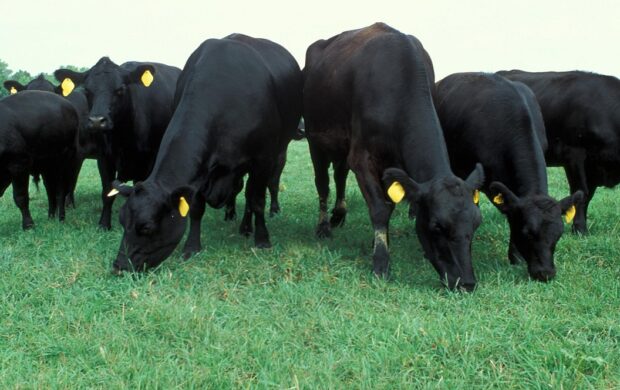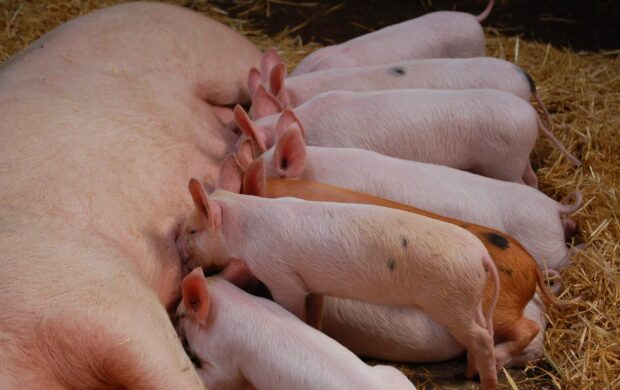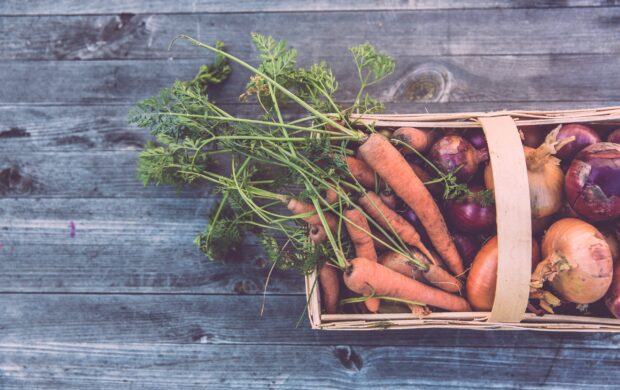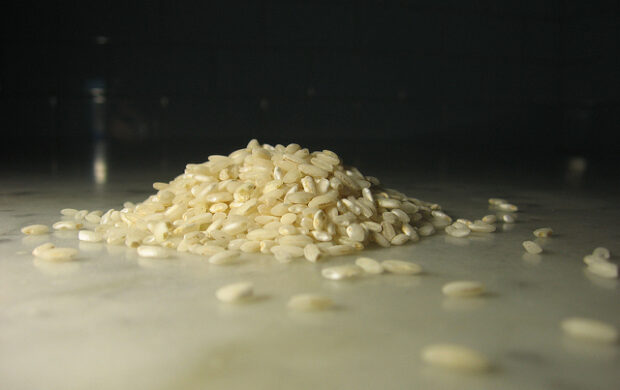The hidden costs of the current food system are estimated to amount to USD12 trillion a year, rising to USD16 trillion by 2050, according to the the first integrated and global assessment of the social, economic and health benefits of transforming food and land use systems, by the Food and Land Use Coalition (FOLU). By comparison, the market value of the global food system is estimated to be USD10 trillion.
The report identifies the externalities as footed by the environment, by public health, and by land workers and indigenous peoples. It also argues that reforming the food system across 10 critical transition areas can dramatically improve food security as well as environmental outcomes, bring benefit to public health, increase the inclusivity of development, and would generate an annual societal return of USD5.7 trillion while creating new business opportunities up to USD4.5 trillion a year by 2030.
These 10 critical transitions include: promoting healthy diets, scaling productive and regenerative agriculture, protecting and restoring nature, securing a healthy and productive ocean, diversifying protein supply, reducing food loss and waste, building local loops and linkages, harnessing the digital revolution, delivering stronger rural livelihoods, and improving gender equality and accelerating the demographic transition.









